Many researchers argue the exact opposite - that it is way overemphasized. Especially because thing you might not think of as protein sources can add the missing other amino acids. Things like wheat, rice, etc. also have protein that can complement others. It’s extremely unlikely for a bean heavy diet to actually have beans as the sole source of all protein even if is the main source
Combining does not need to happen for every single meal: so long as the diet is varied and meets caloric needs, even vegans and vegetarians – people who tend to have more “incomplete protein” in their diet – can easily meet their amino acid needs. In other words, most people do not need to consider the completeness of proteins of single foods.[9]
https://en.wikipedia.org/wiki/Complete_protein
Especially the false idea that it has to be done at each meal
Protein combining has drawn criticism as an unnecessary complicating factor in nutrition.
In 1981, Frances Moore Lappé changed her position on protein combining from a decade prior in a revised edition of Diet for a Small Planet in which she wrote:
"In 1971 I stressed protein complementarity because I assumed that the only way to get enough protein … was to create a protein as usable by the body as animal protein. In combating the myth that meat is the only way to get high-quality protein, I reinforced another myth. I gave the impression that in order to get enough protein without meat, considerable care was needed in choosing foods. Actually, it is much easier than I thought.
“With three important exceptions, there is little danger of protein deficiency in a plant food diet. The exceptions are diets very heavily dependent on [1] fruit or on [2] some tubers, such as sweet potatoes or cassava, or on [3] junk food (refined flours, sugars, and fat). Fortunately, relatively few people in the world try to survive on diets in which these foods are virtually the sole source of calories. In all other diets, if people are getting enough calories, they are virtually certain of getting enough protein.”[13]: 162
The American Dietetic Association reversed itself in its 1988 position paper on vegetarianism. Suzanne Havala, the primary author of the paper, recalls the research process:
There was no basis for [protein combining] that I could see… I began calling around and talking to people and asking them what the justification was for saying that you had to complement proteins, and there was none. And what I got instead was some interesting insight from people who were knowledgeable and actually felt that there was probably no need to complement proteins. So we went ahead and made that change in the paper. [Note: The paper was approved by peer review and by a delegation vote before becoming official.]










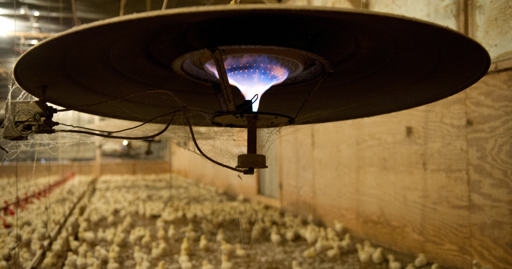





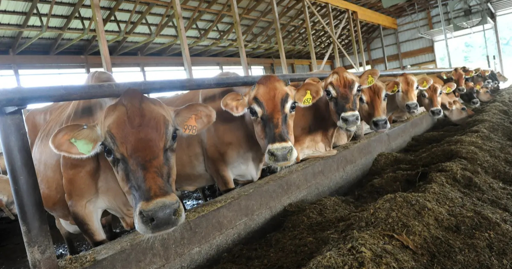
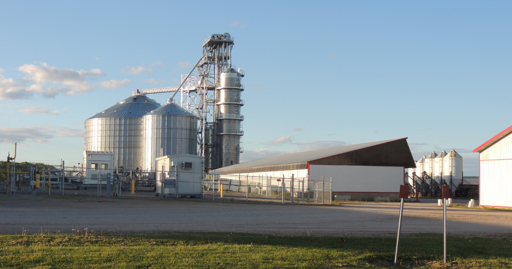





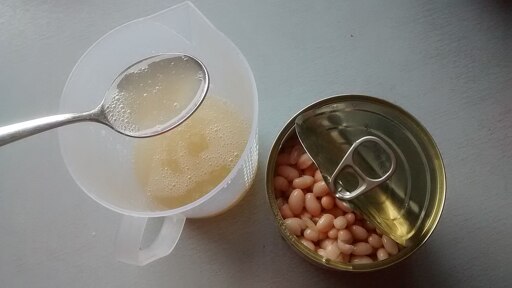


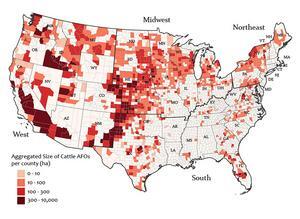
My point is that it effectively happens anyway without even having to think about it in 99% of cases. It’s not really a large issue in the slightest. It just makes things sound scarier and more complex than it needs to be. People have finite ability to focus on various health things, and this just isn’t something 99% of people need to be worried about
If someone is eating the exact identical source exclusively, every single day with no variation in anything, they are likely going to end up deficient in other things way before this, regardless of which thing they are eating (unless it’s something like Huel or Soylent which is designed to include everything). This is not at the level of “someone has beans a lot”. This is at the level of “virtually all of your calories come from beans” to be some larger issue
Many people use it as a lever to attack plant-based diets in situation that it just doesn’t apply at all by making it sound like it’s something you’re needing some spreadsheet for. It’s really not the case. Plus things like soy, chia, hemp, and more are also already complete too
I was not saying that you said this. I should have worded that better. I was trying to add some more context for relevant statements from authors talking about both complete proteins and protein combining. I did a poor job of that though
You don’t need to digest all of it, it’s just about a specific amino acid (Methionine in this case which beans already have some of). It’s just a little bit to make it complete. For instance, one of the studies you linked with rice + lentils found the two together rose the DIASS to overall be 100% (122% for infants and kids, 143% for older adults)
I should also note protein quality metrics are also often based on some faulty assumptions for plants in particular. For instance, the DIASS has some flaws that make it undervalue the quality of plant proteins
https://link.springer.com/content/pdf/10.1007/s13668-020-00348-8.pdf